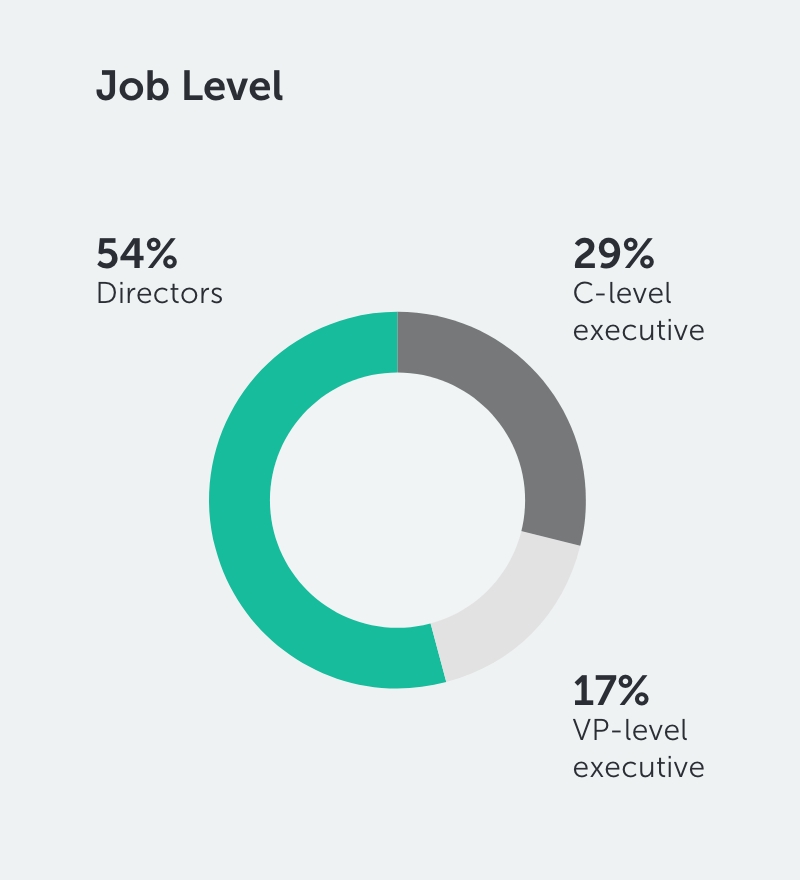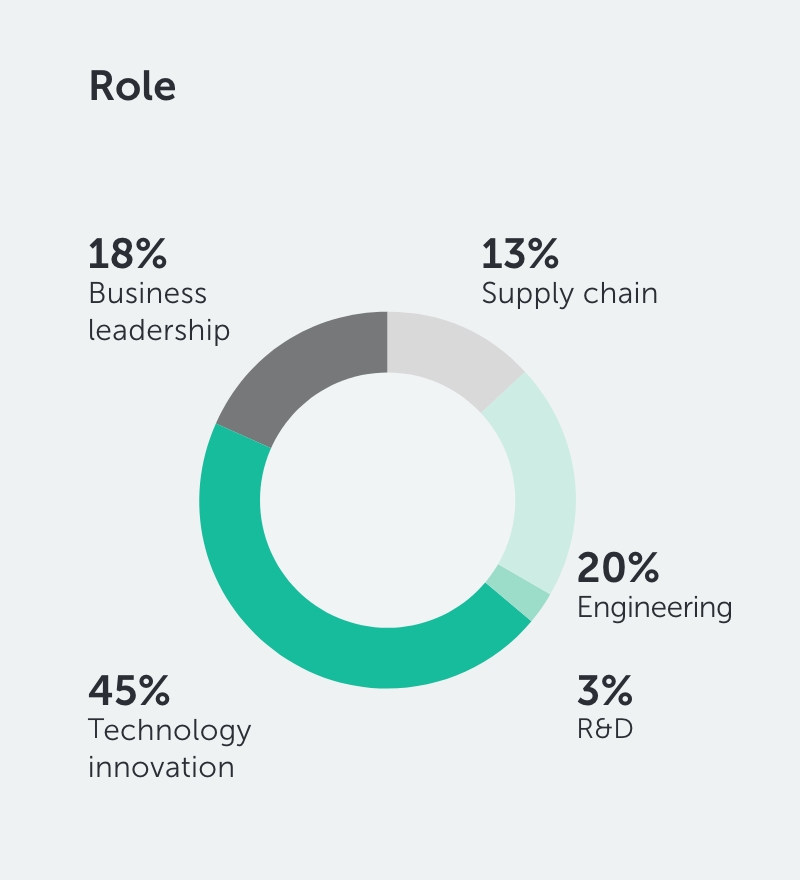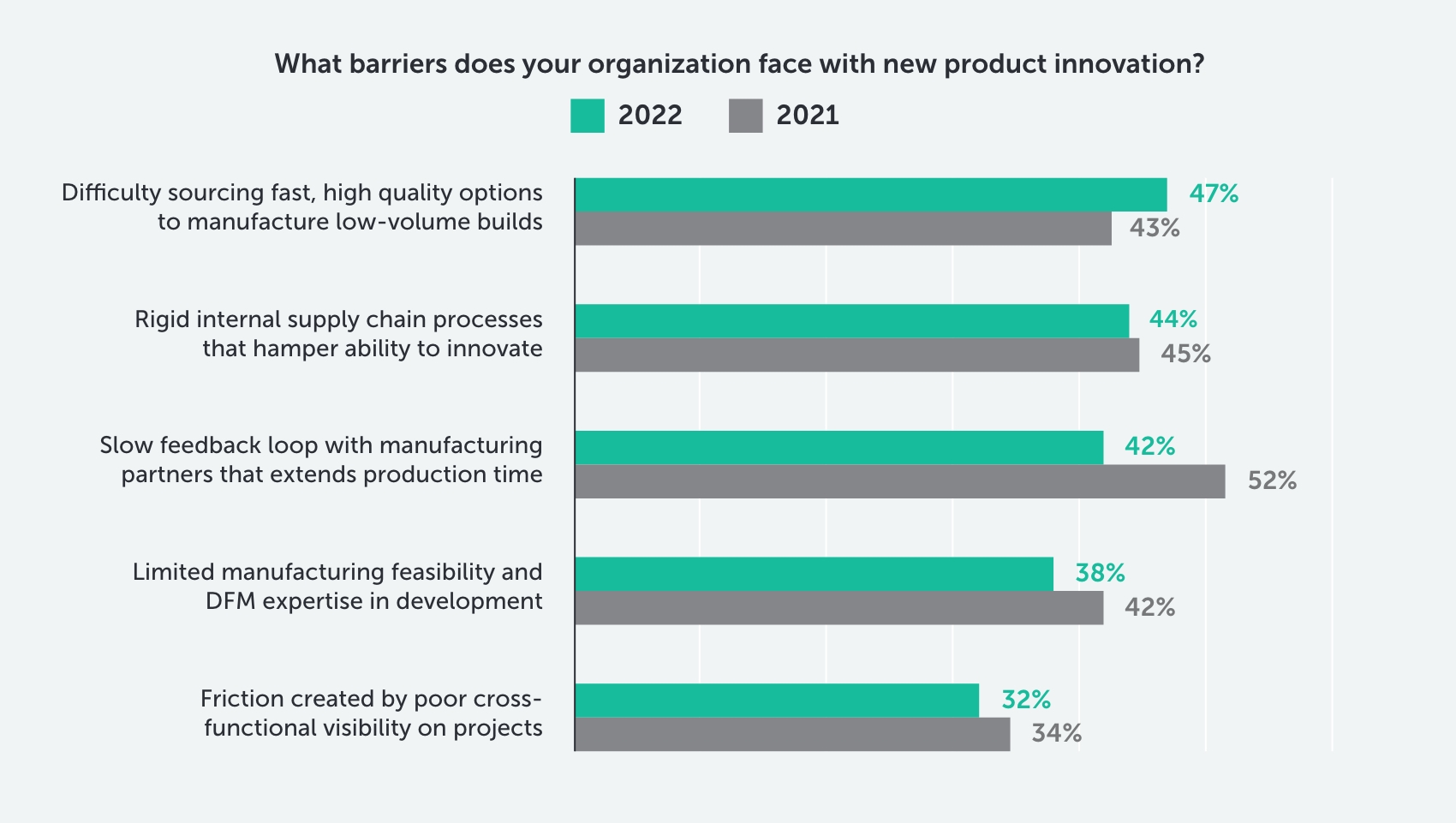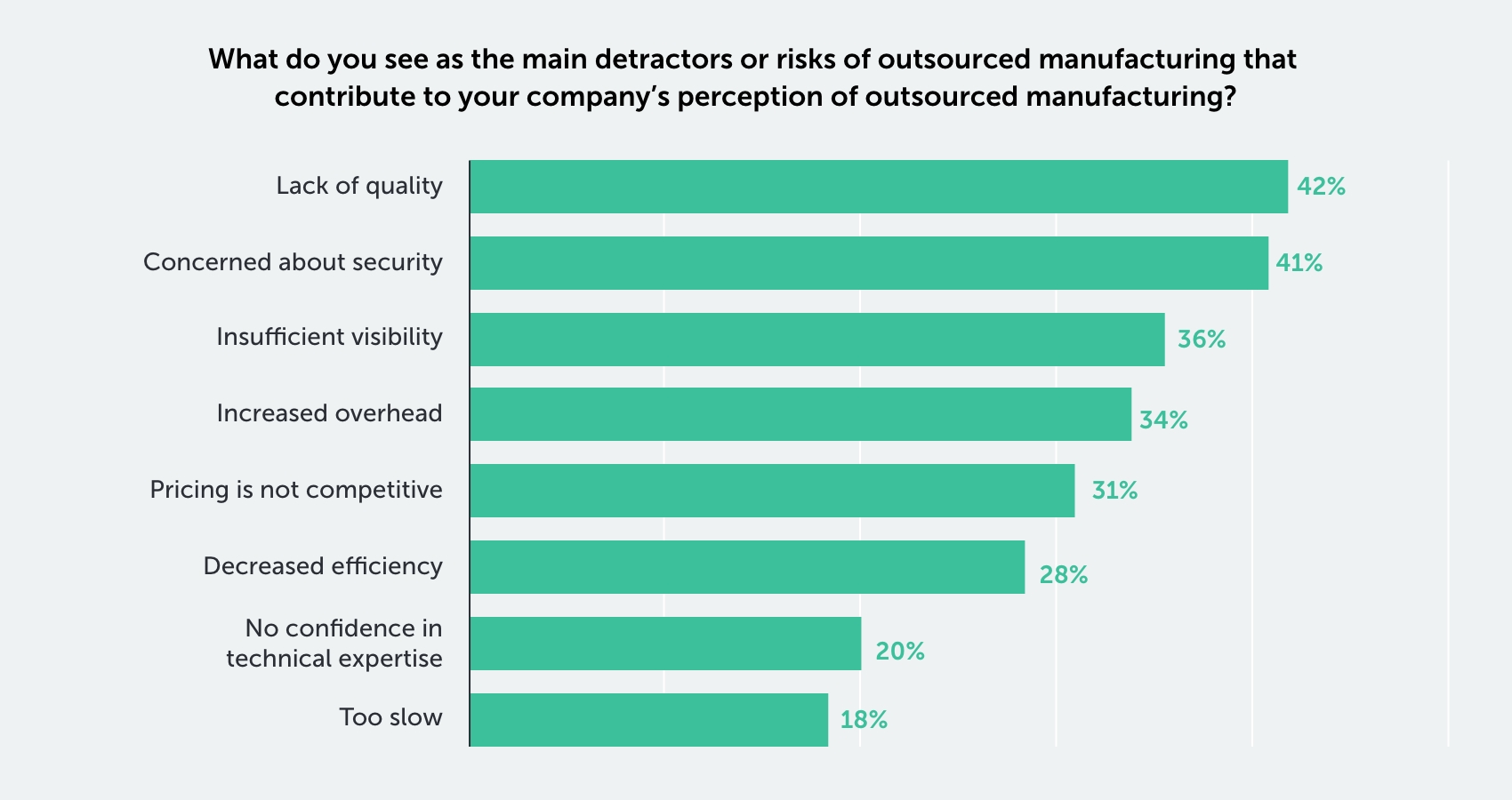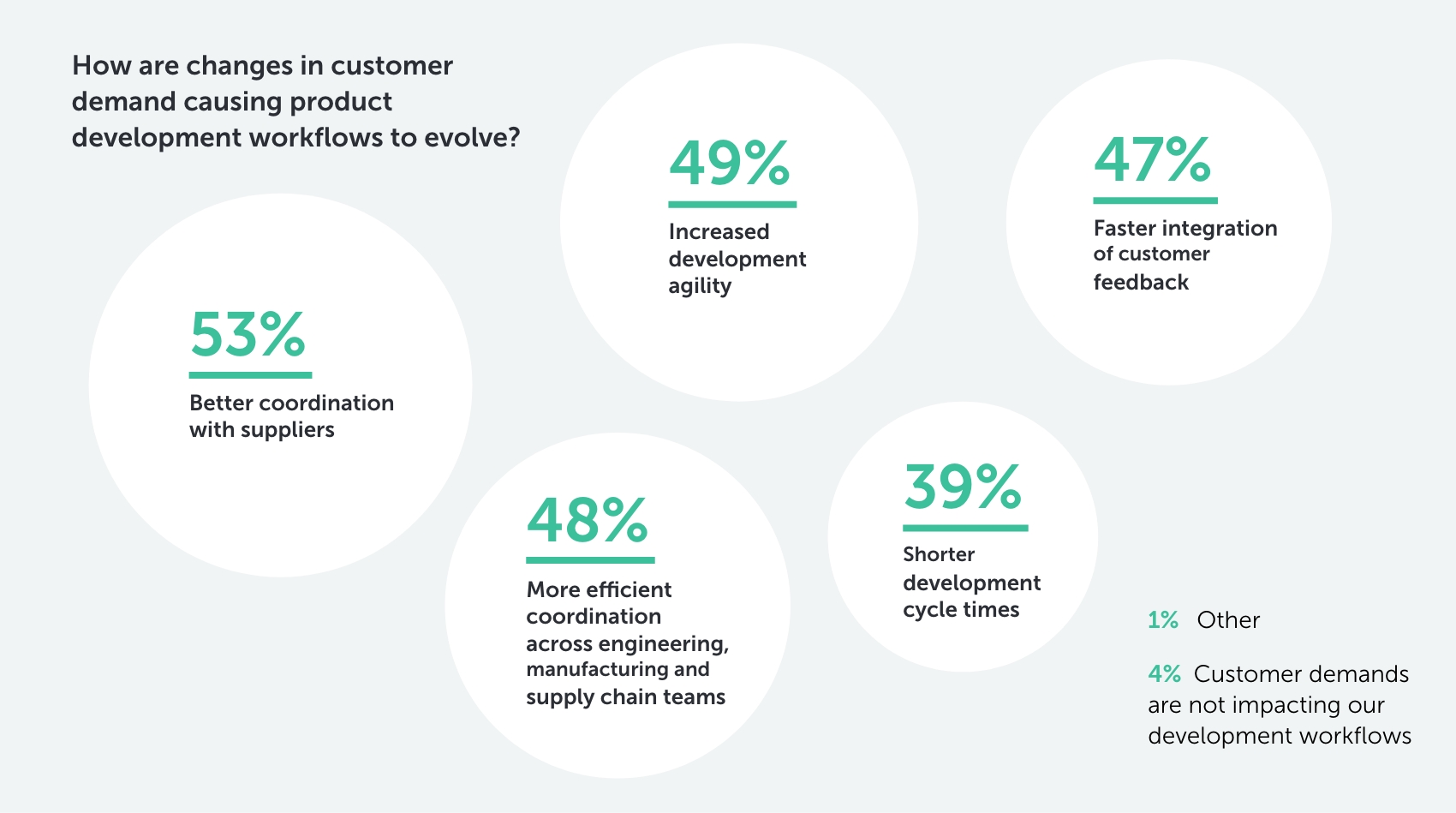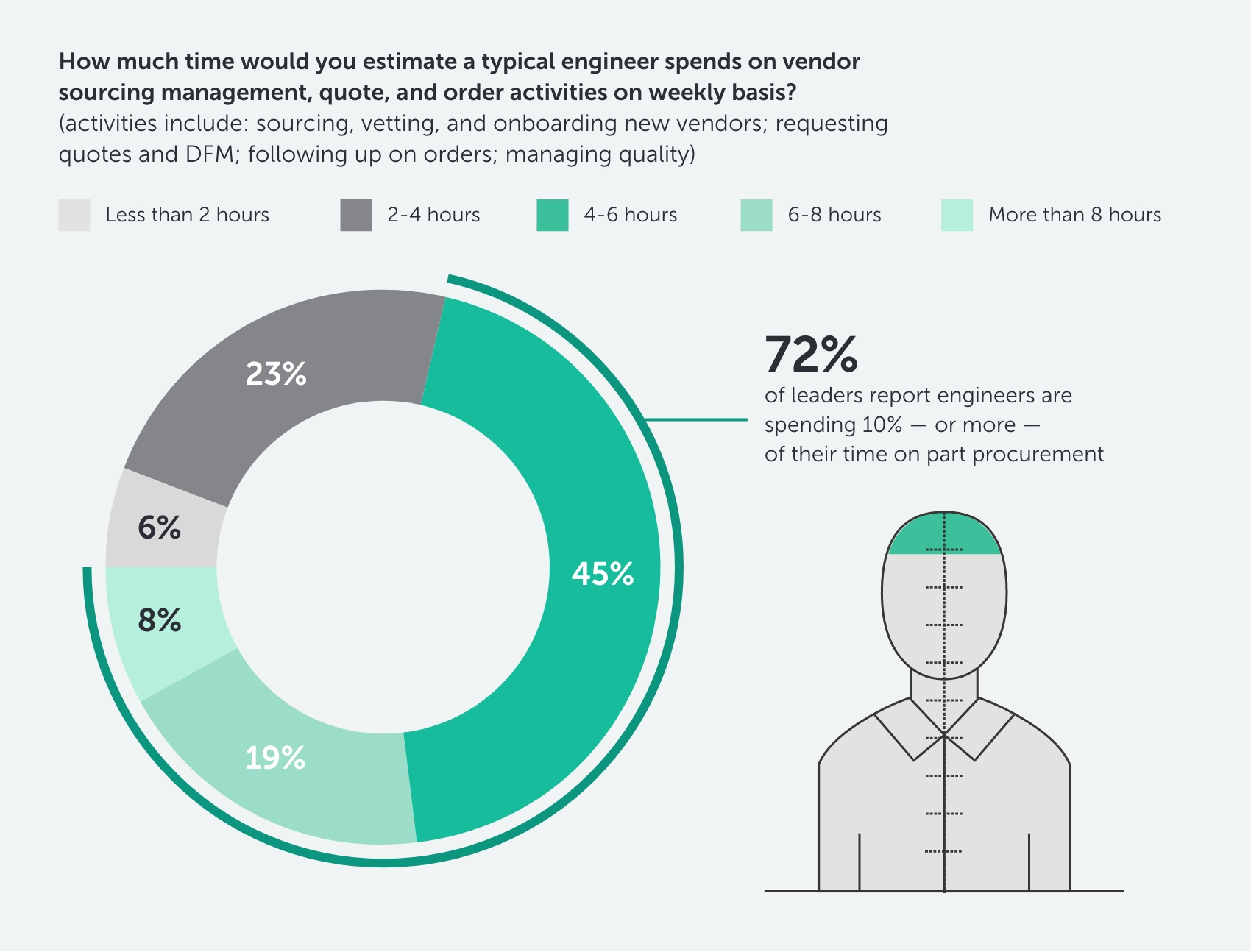Introduction
The world is forever changed.
The past two years have been exceptional in many ways, but workplaces and businesses have adapted and moved forward. The rise of remote work isn’t receding, and the need to invest in more resilient supply chains is greater than ever. And even as constraints have loosened, leaders know that other supply chain disruptions will arise in the future.
Despite the challenges, there’s a world of opportunity.
Executive Summary
01
Supply chain visibility and increasing customer satisfaction top the list of priorities, indicating that companies are using recent disruptions as an opportunity to address fundamentals.
59% and 45% of respondents are prioritizing improved visibility and customer experience, respectively
94% of companies are using or implementing supply chain analytics and visualization
02
Control and predictability are key to address rising customer demands, leading to the need for tighter integration with fewer suppliers.
88% of companies want to reduce their number of suppliers
53% of companies prioritize “better coordination with suppliers” to respond to customer demand
03
Productivity is a hot topic to better integrate remote workforces and improve collaboration between engineering and supply chain teams.
72% of leaders report engineers spending 10% -or more- of their time on part procurement
75% of companies see room for improvement in the way engineering and supply chain teams collaborate
04
Information security has surfaced as a risk, as the adoption of new digital manufacturing solutions increase.
90% are using or implementing digital manufacturing technologies
97% of leaders are concerned about digital security
To get ahead and stay ahead, companies are fortifying the foundations of their businesses. They’re focusing on fundamentals like improving transparency of production and procurement and being more responsive to customer wants and needs.
Leaders are bullish on outsourcing, but they know that the supply chain doesn’t stop at their company’s front door. They’re looking for ways to improve operational efficiency, collaboration, and productivity while mitigating information security risks — and they’re leveraging the power of technology to do it.
Chapter 01
Manufacturing, Evolved
After navigating a multitude of supply chain disruptions over the last couple of years, it comes as no surprise that the top priority of businesses in 2022 is improving manufacturing and supply chain visibility. Knowing there’s a problem is the critical first step in solving it, right? And there are a host of technologies aimed at increasing that transparency.
The barriers are lessening
Year-over-year, manufacturing leaders are facing fewer barriers to innovation than in 2021, but sourcing fast, high quality options for low volume builds continues to be a challenge — one that on-demand manufacturing platforms are built to solve.
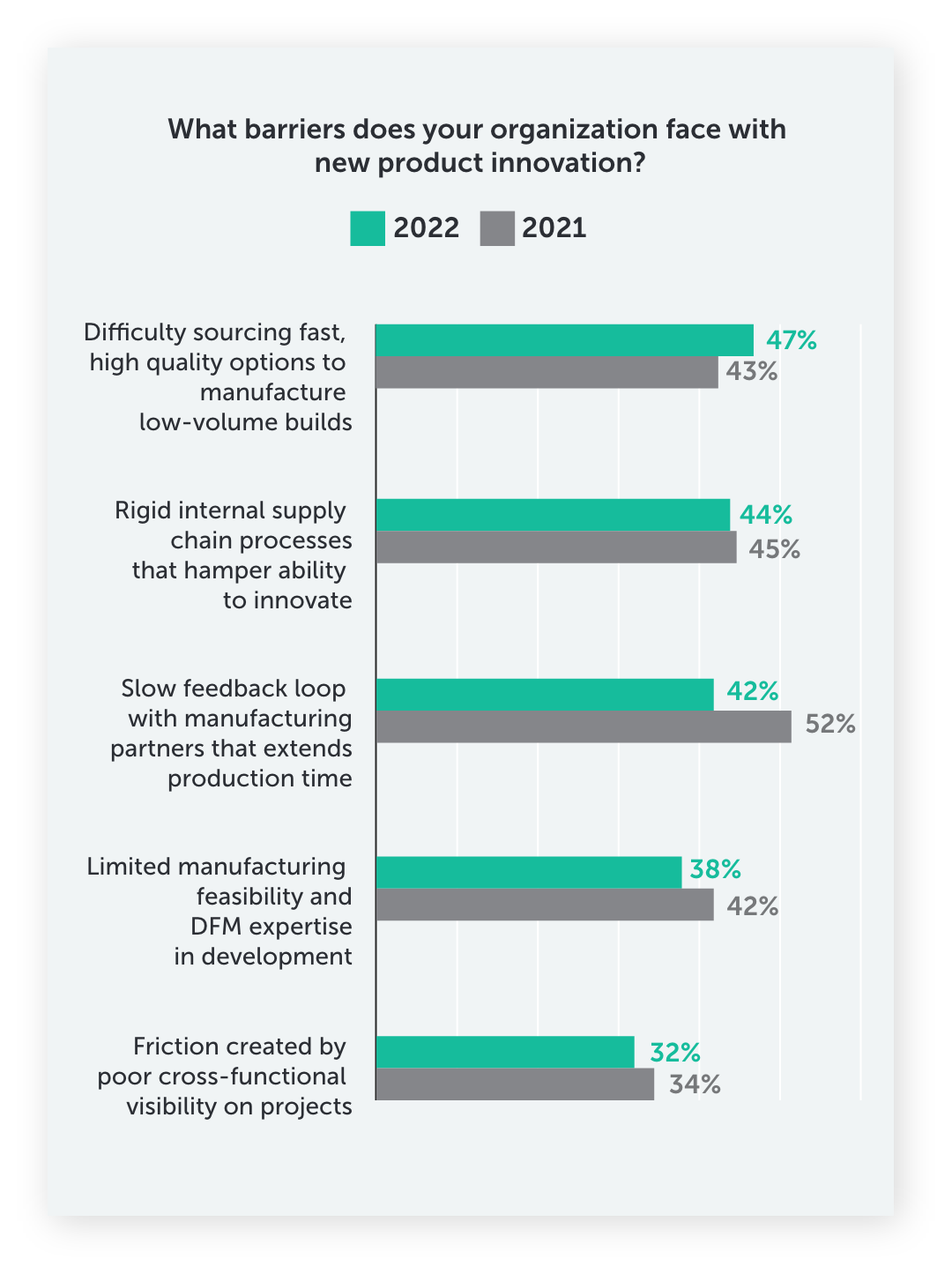
"If these barriers were removed, we could accelerate new product development and deployment time by 20-30%."
VP of Operations, Enterprise Company
Focusing on fundamentals
The top business priorities for 2022 show that leaders don’t want to be caught off guard by disruptions or distracted from the needs of those who buy their products. So, they’re focused on strengthening two of the bedrock elements in every product business: Supply chain visibility and taking care of their customers.

New technologies are pushing the industry forward
While digital manufacturing technology adoption in general is high, some solutions are more practical and others more experimental. Supply chain analytics and on-demand manufacturing platforms top the list of solutions most used today.
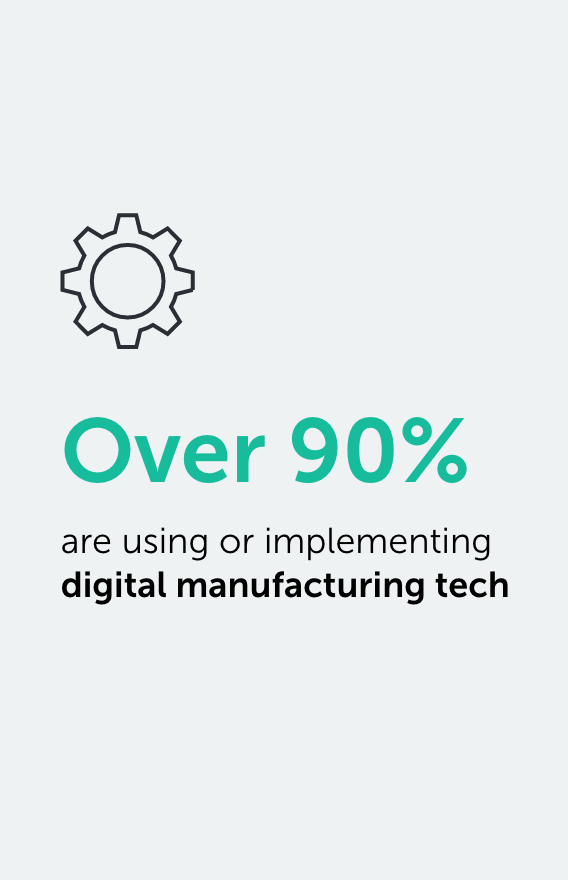

With great technological power comes great security responsibility
As the adoption of digital technologies empowers employees and increases information flow throughout an organization, it also raises security concerns. Design intellectual property (IP) is a company’s most valuable asset, and threat of cyber attacks continues to increase — so companies are investing in better information technology (IT) and cyber security, and are choosing to work with suppliers who prioritize security, too.


Chapter 02
Streamlining the Supply Chain
In the modern world, it’s rare to find a company of size that does all of its production in-house, and the economic benefits of outsourcing are well established. Almost half of respondents have increased outsourcing as a result of the pandemic, despite acknowledging that outsourcing poses risks, particularly when it comes to security and visibility. So, companies are seeking to both diversify their supplier base through onshoring, and reduce their overall number of suppliers to streamline their procurement operations.
Outsourcing delivers efficiency and quality benefits
Almost ¾ of respondents view outsourcing in an overall positive light, citing efficiency, quality, pricing and speed as key advantages. Outsourcing is most likely to be seen in a positive light by the Automotive, Robotics and Consumer electronics industries.
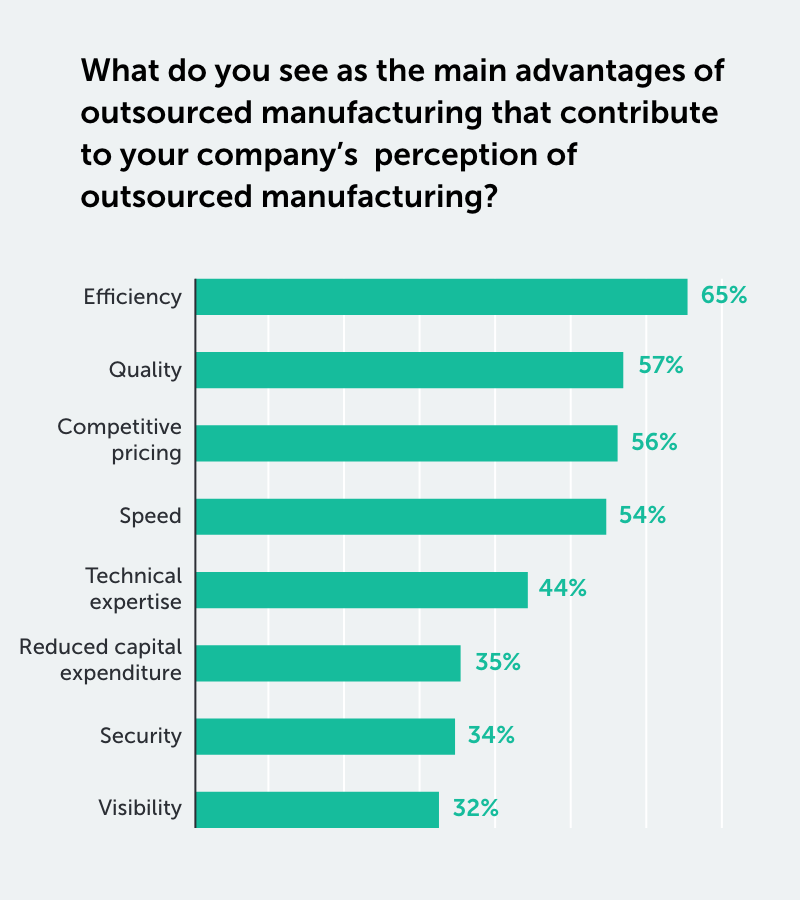
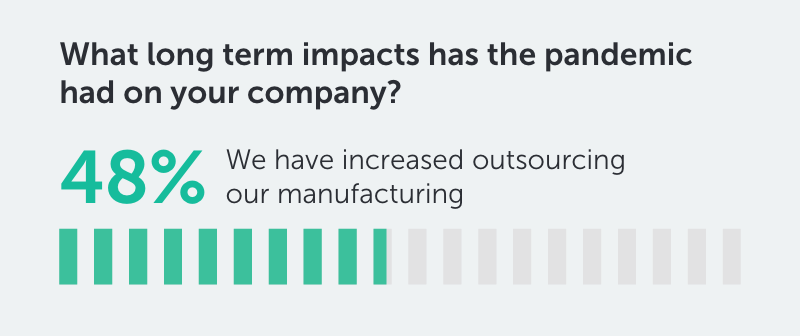
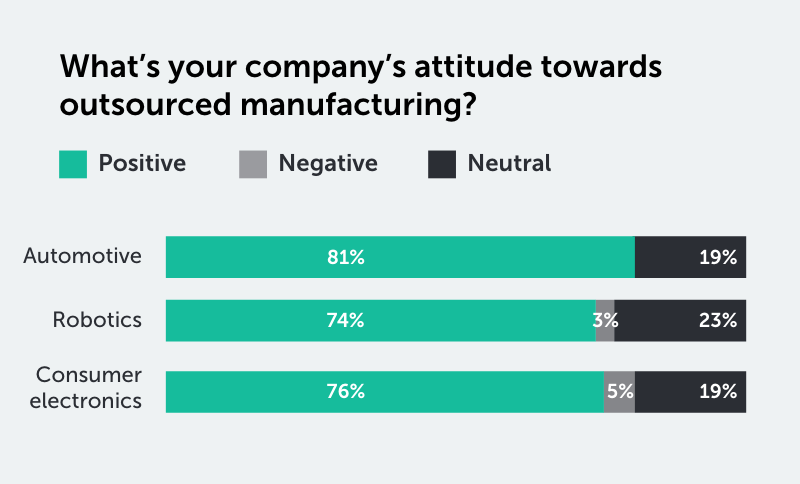
Not all outsourcing is created equal
For outsourced manufacturing providers, it’s clear that quality, security and visibility are viewed as major pain points by some companies. These challenges represent huge areas of opportunity for technology solutions, such as digital manufacturing platforms, to drive workflow improvements and mitigate outsourcing risks.
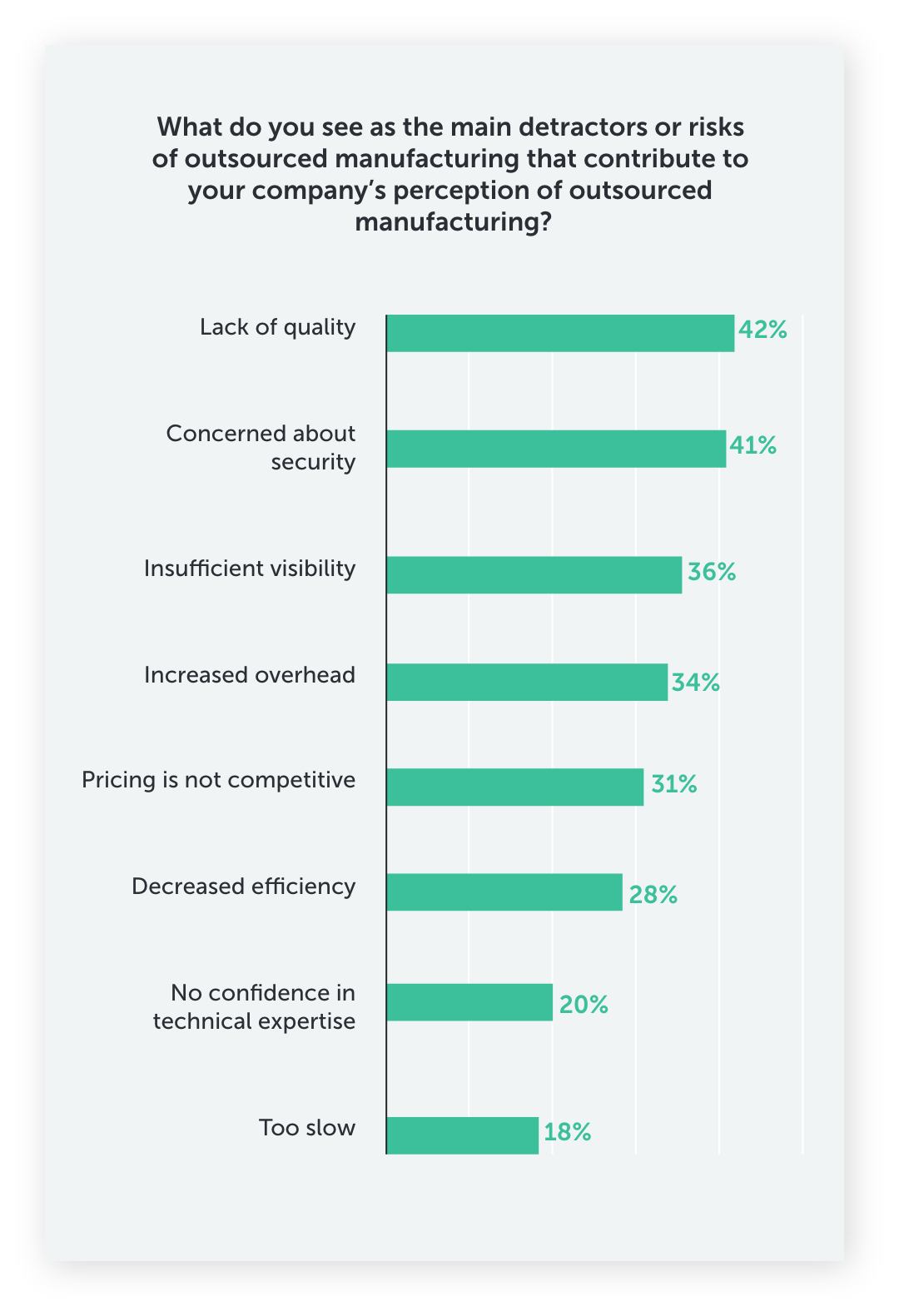
Onshoring and diversification on the rise
The uncertainty surrounding overseas logistics continue to be a concern for companies. That’s why 65% of companies plan to increase US manufacturing this year — and that’s especially true for larger companies, where almost 3/4 of the respondents are prioritizing domestic production.
And while onshoring is one method companies are using to improve supply chain resilience, diversifying their supplier base is another. Over half of the respondents are seeking increased diversity in their global manufacturing operations this year, showing that onshoring is just one piece of the puzzle for greater resilience.
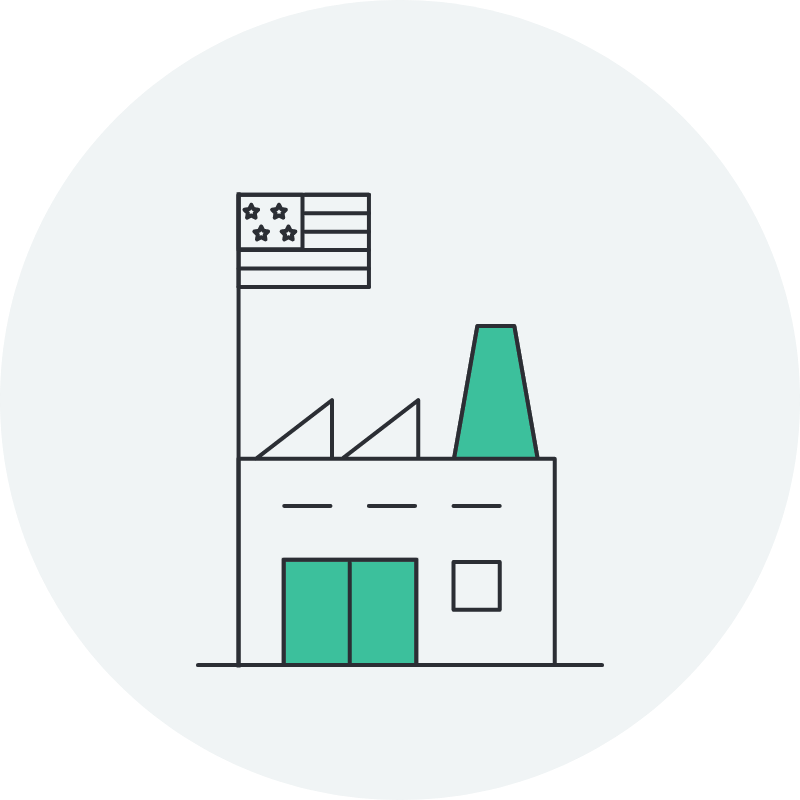

Simpler supply chains, please
88% of companies want to reduce their number of suppliers.
At the same time, the majority of leaders are working toward better coordination with suppliers. This indicates that companies are looking for tighter integration with fewer suppliers in order to gain control and predictability over heir supply chain.
Also of note: 22% of leaders want to reduce their supply base but haven’t started the work yet. It may seem an overwhelming task, but on-demand manufacturing platforms make it easier by aggregating global manufacturing capacity into one central place.
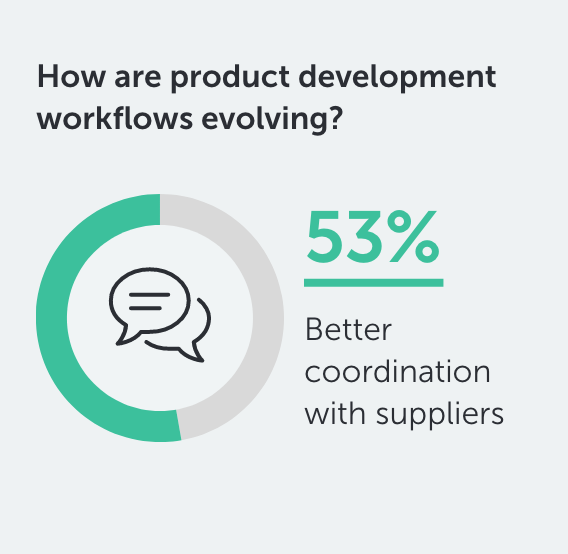
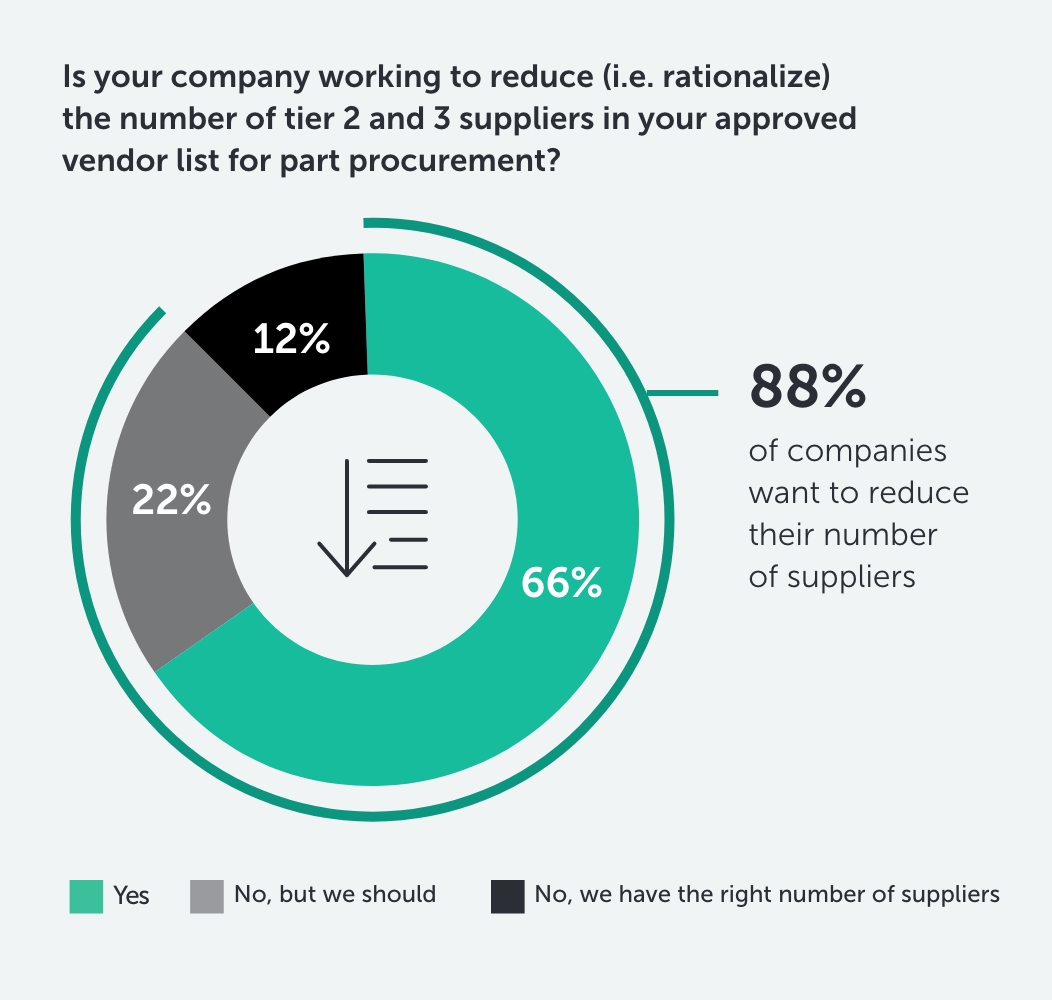
Chapter 03
Keeping Up with Customer Demands
Customer expectations are higher than ever, and that trend isn’t going to change anytime soon. Companies know they need to rise to the challenge, or risk falling behind their competition. That’s why why the second most important priority for respondents in 2022 is improving customer satisfaction — which is driving companies to reconsider how they create new products to better serve their customers.
Shifting sands of customer demand
To effectively serve your customers, you must know what they want. And what customers want is changing.
97% of respondents say that customer demands are shifting.
Companies now view product sustainability as the biggest trend, followed by demand for higher quality products, advanced features and functionality, and the pace of new product introductions.
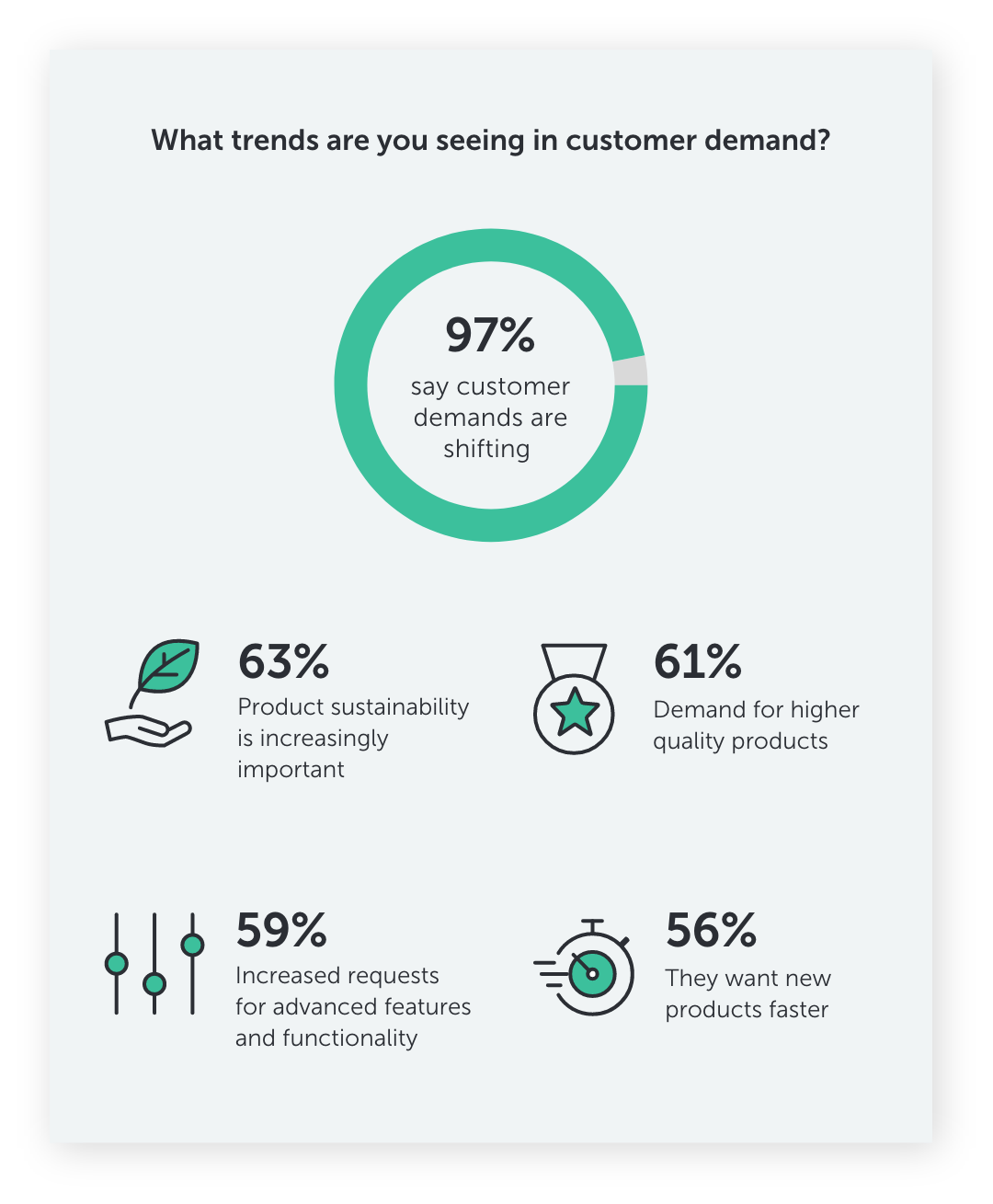
New products and new ways of creating them
In response to these shifts in customer demands, businesses are adjusting how they work. New product development (NPD) workflows are evolving, but in different ways depending upon the size of the company.
Big firms are focused on better coordinating with their suppliers externally, and improving coordination across their engineering, manufacturing and supply chain teams so they can integrate customer feedback more quickly.
Smaller organizations are prioritizing shorter development cycles, and increasing developmental agility.
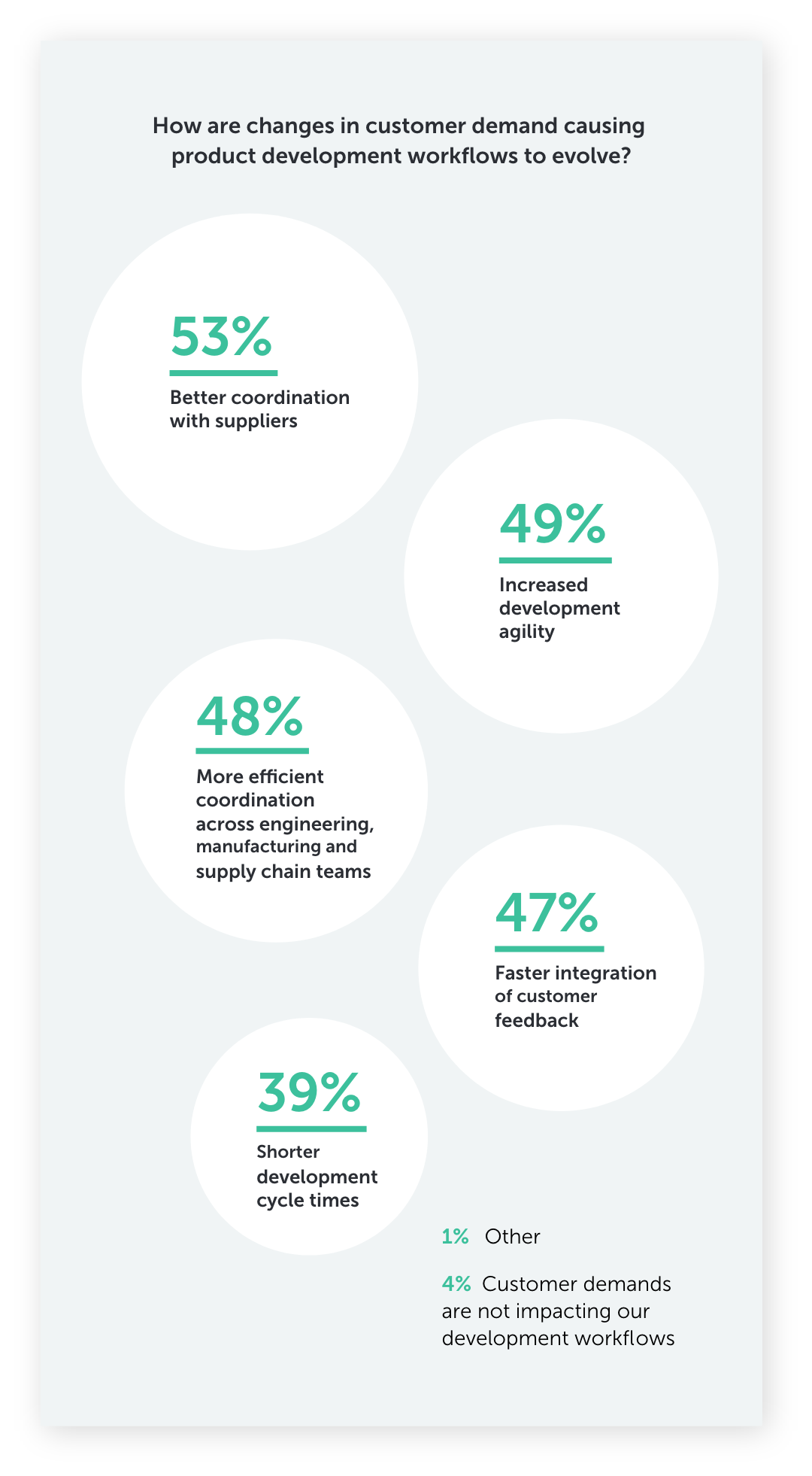
Chapter 04
Optimizing operations to maximize innovation
You may not control exactly which innovation will lead to breakthrough success, but you can create an environment that fosters innovation and facilitates new product ideas.
Freeing capacity for innovation is part of the answer, by improving collaboration between engineering and supply chain teams. The other key element is tools that enable them to do more with less.
Investment in operational efficiency is investment in innovation
Manufacturing leaders recognize that workforce productivity is essential to unlock capacity for innovation.
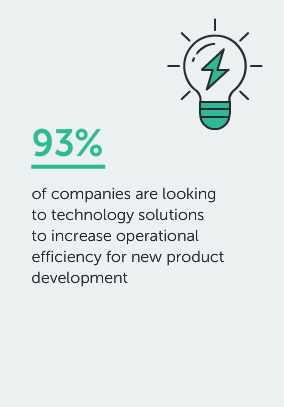
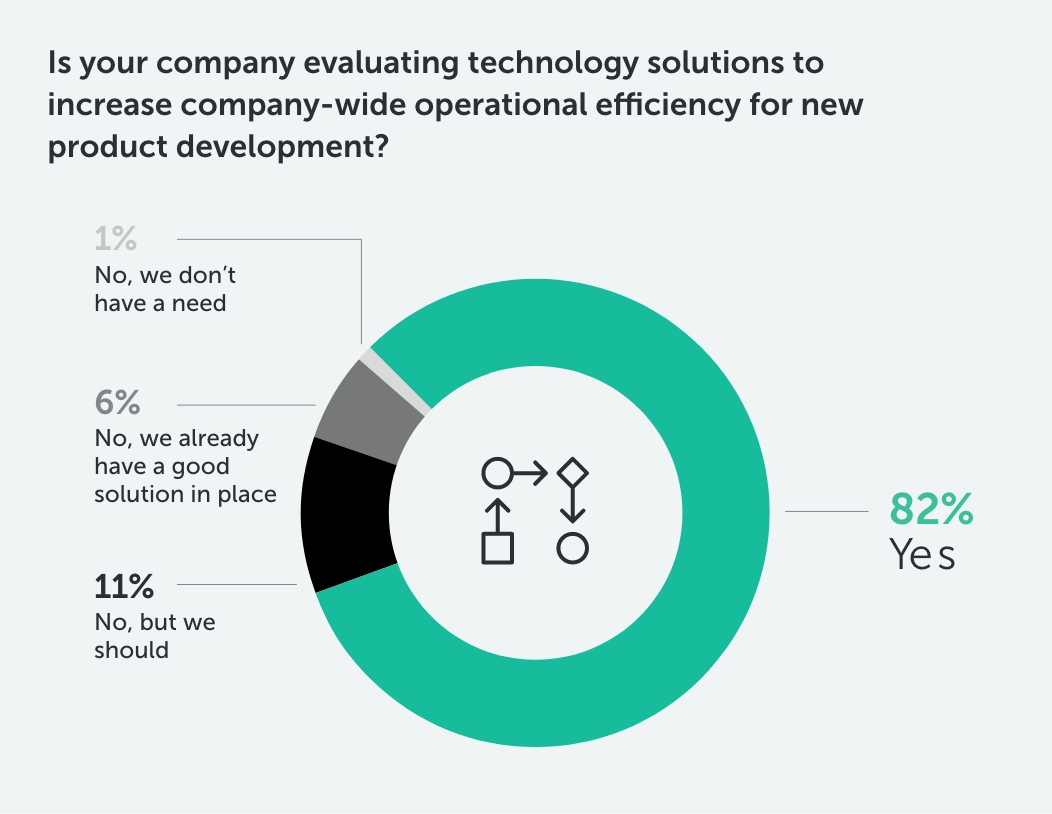
Increasing engineering capacity for innovation
Engineers today are spending significant time managing suppliers.
72% of leaders report engineers are spending 10% — or more — of their time on part procurement.
This, in a year that the US Department of Labor released a report showing the largest decline in worker productivity in 75 years during Q1.
It begs the question: How much faster could engineers innovate and develop new products if they got that time back?
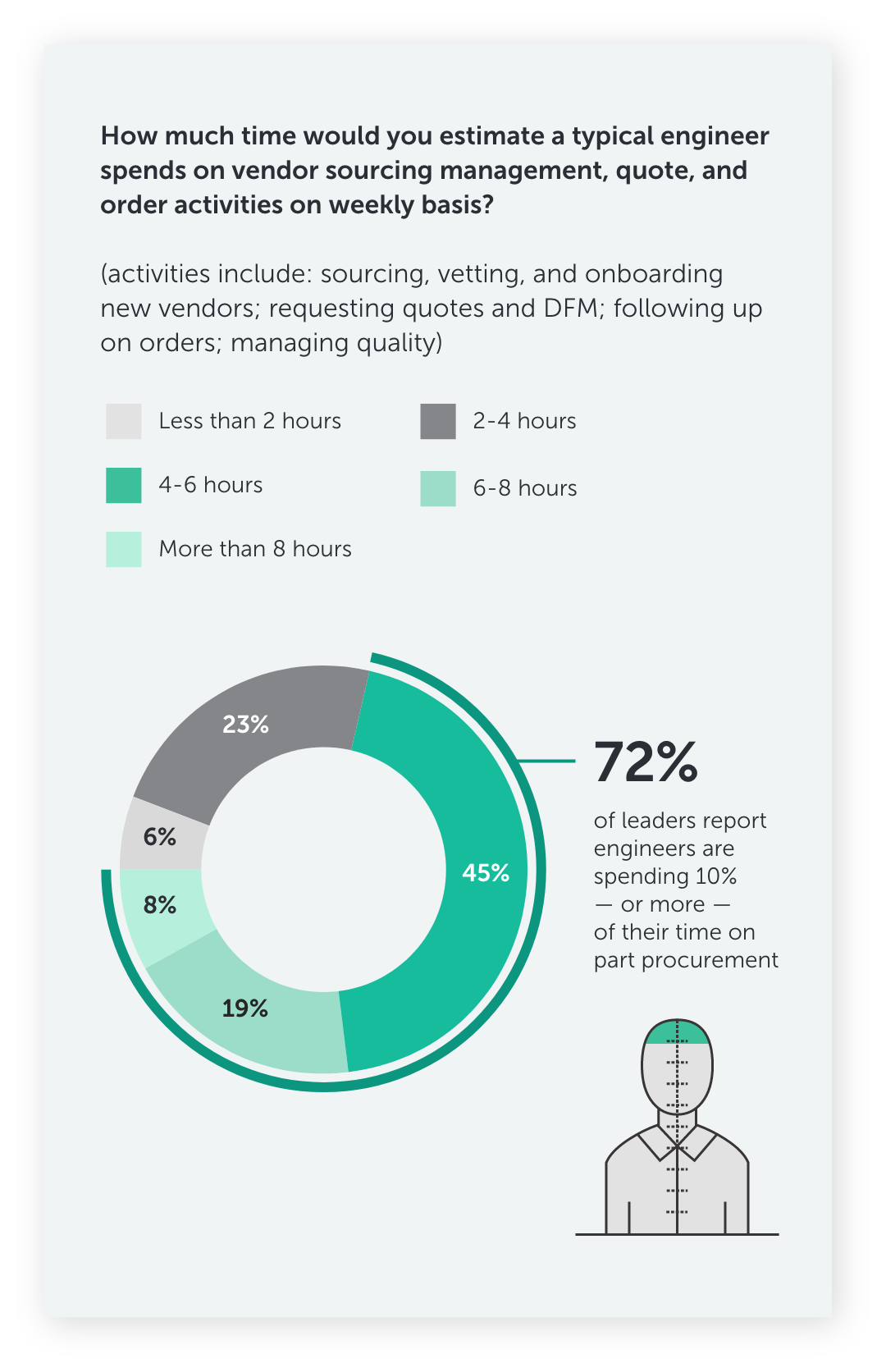
Bridging the gap between engineering and supply chain
And the connection (or lack thereof) between engineering and supply chain teams is a related issue: almost 3/4 of those polled see room for improvement in the way engineering and supply chain teams collaborate.
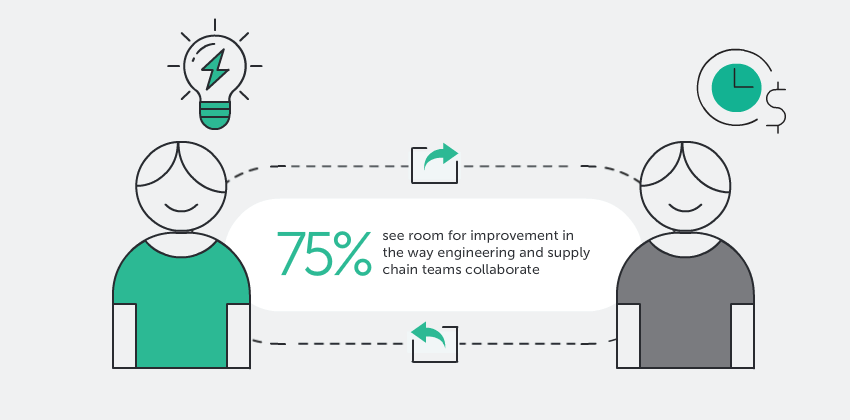
The remote workforce is here to stay
Half of respondents report that they have more remote employees as a result of COVID-19, which is a slight drop-off from past years, but it’s clear that the hybrid workplace isn’t going anywhere.
Many of the lessons learned from the past two years have revolved around ensuring the flow of information digitally throughout organizations. The ongoing presence of distributed teams make the technologies that connect them a critical component of strategies to meet business goals in 2022 and beyond.
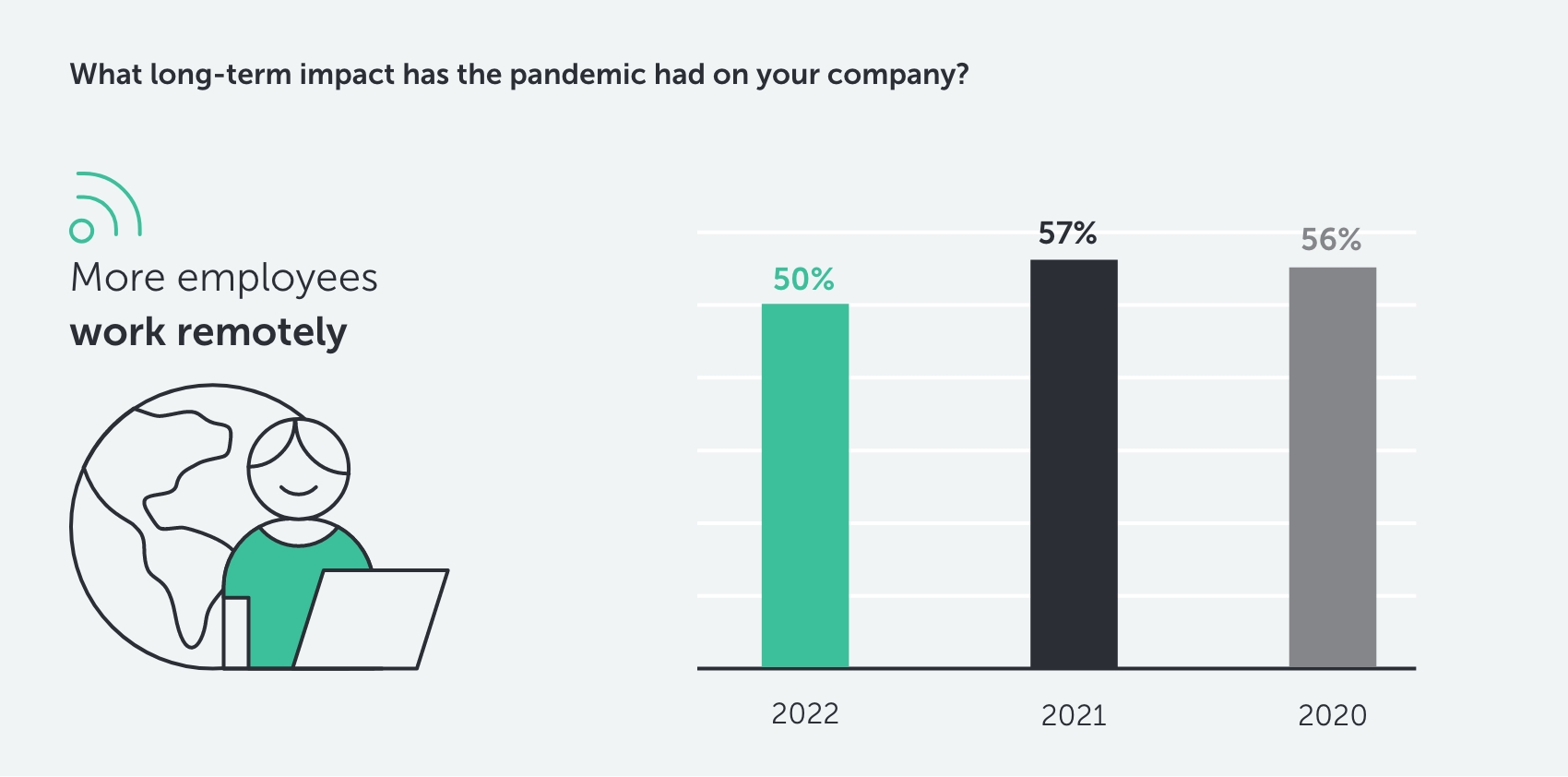
Key Takeaway
Digital is the shared platform for future growth.
Whether among distributed internal teams or with outside vendors, improved productivity, operational efficiency, visibility, and collaboration are key to innovating and meeting rising customer expectations.
Companies are actively seeking to eliminate barriers to innovation, streamline their supply chains, and despite concerns about security, they’re increasingly leveraging the power of outsourcing. And digital manufacturing technologies are a critical component underpinning these changes — they’re the connective tissue between the elements of successful modern manufacturing businesses moving forward.
About
Fictiv
Fictiv operates a globally dispersed Digital Manufacturing Ecosystem that rapidly delivers custom mechanical parts on-demand. Its quality-driven ecosystem offers customers unprecedented manufacturing agility and speed through a digital quote-to-order platform, a highly vetted and managed global partner network, and a team of manufacturing experts that manage programs and ensure quality every step of the way.
Different from traditional contract manufacturers, Fictiv’s operations are built around a digital core that leverages proprietary AI algorithms to deliver instant pricing, design for manufacturability feedback, and production transparency. Fictiv’s portfolio of optimized manufacturing services includes 3D printing, CNC machining, urethane casting, and injection molding with business solutions for new product development, engineer-to-order, and maintenance, repair, and operations. Over the last eight years, Fictiv has manufactured more than 19 million parts for early-stage companies and large enterprises alike, helping them innovate with agility and get products to market faster.
Dimensional Research
Dimensional Research provides practical market research for technology and manufacturing companies. We partner with our clients to deliver actionable information that reduces risks, increases customer satisfaction, and grows the business. Our researchers are experts in the processes and technology used by modern businesses and their customers. For more information, visit www.dimensionalresearch.com.
Survey methodology and participant demographics
Individuals Represented
Independent sources of manufacturing professionals were invited to participate in an online survey where a variety of questions were asked on topics related to manufacturing industry trends. The survey was fielded between April 26 – May 3, 2022.
A total of 234 qualified individuals participated in the survey. All were senior decision makers who work in supply chain, engineering, R&D, technology or business leadership roles at companies that produce medical devices, robotics, automotive, aerospace or consumer electronics products.
